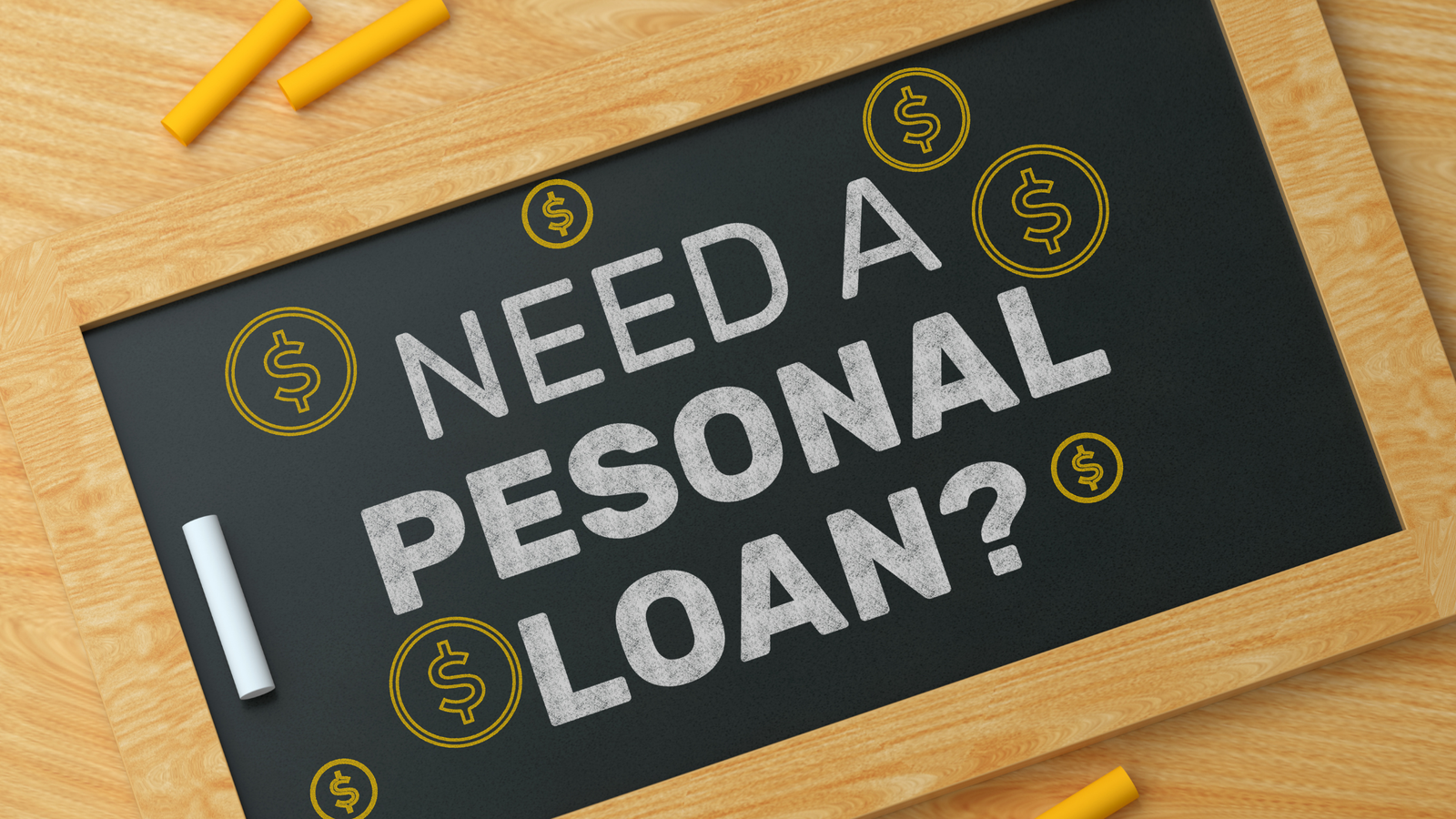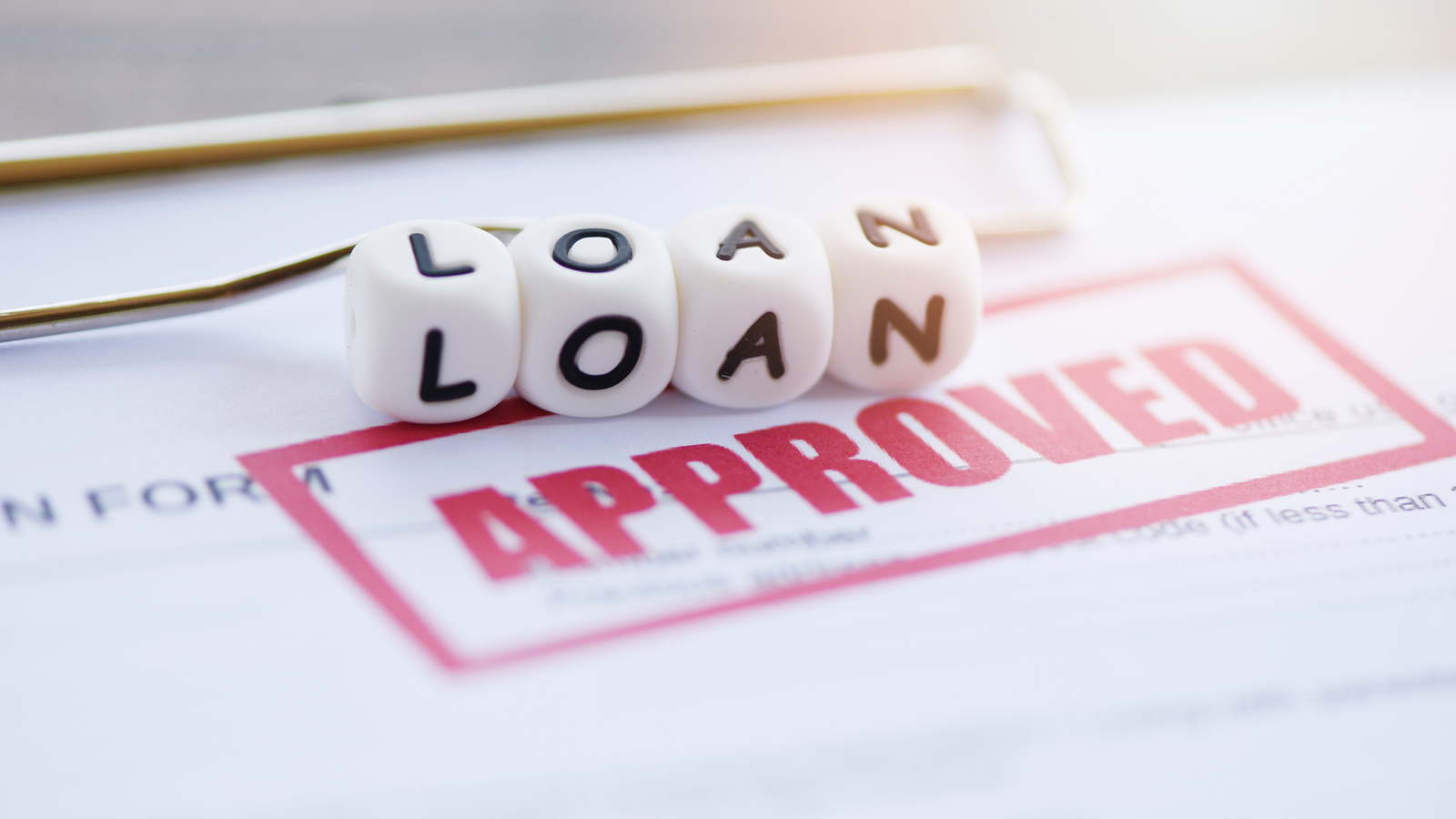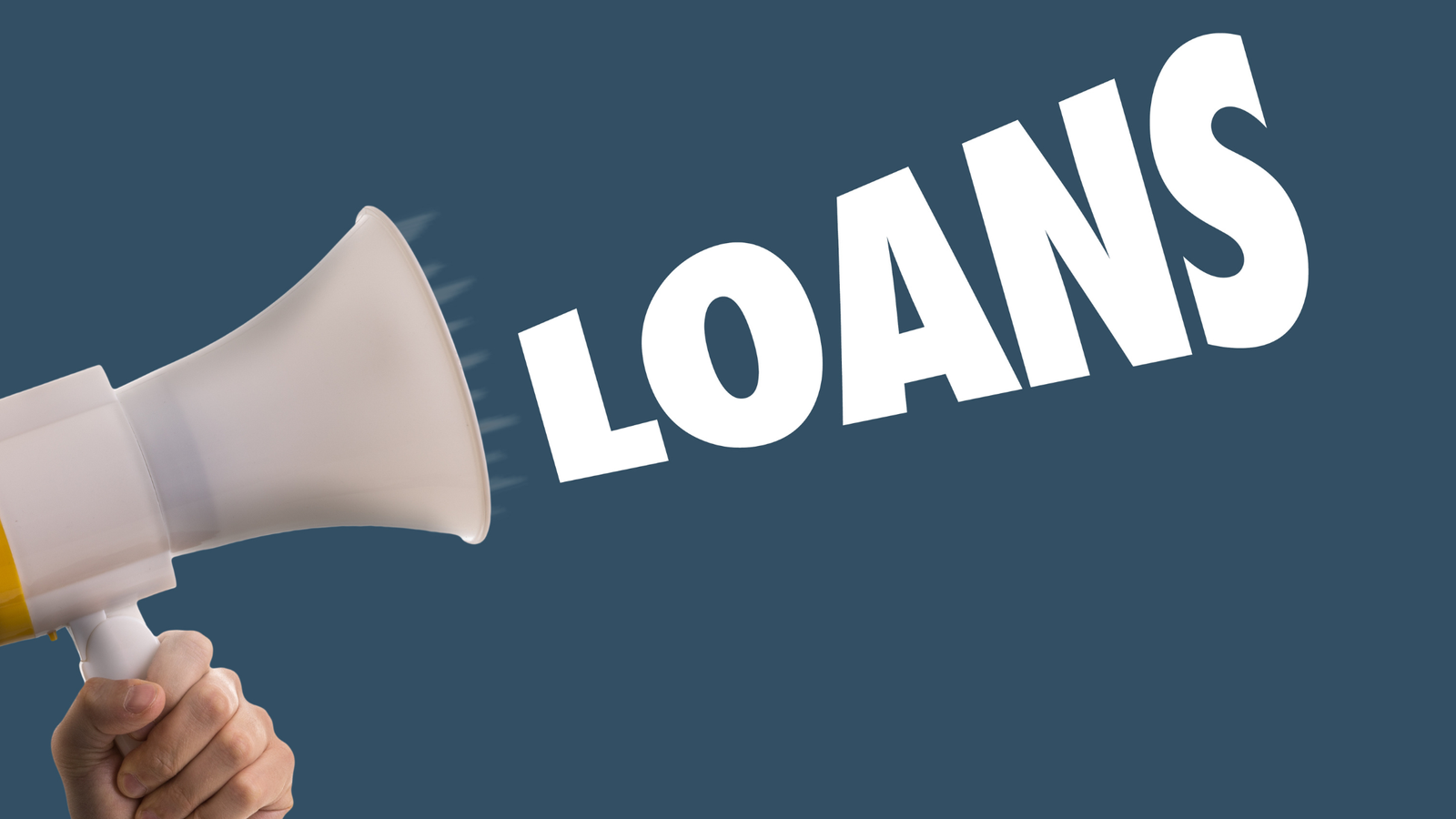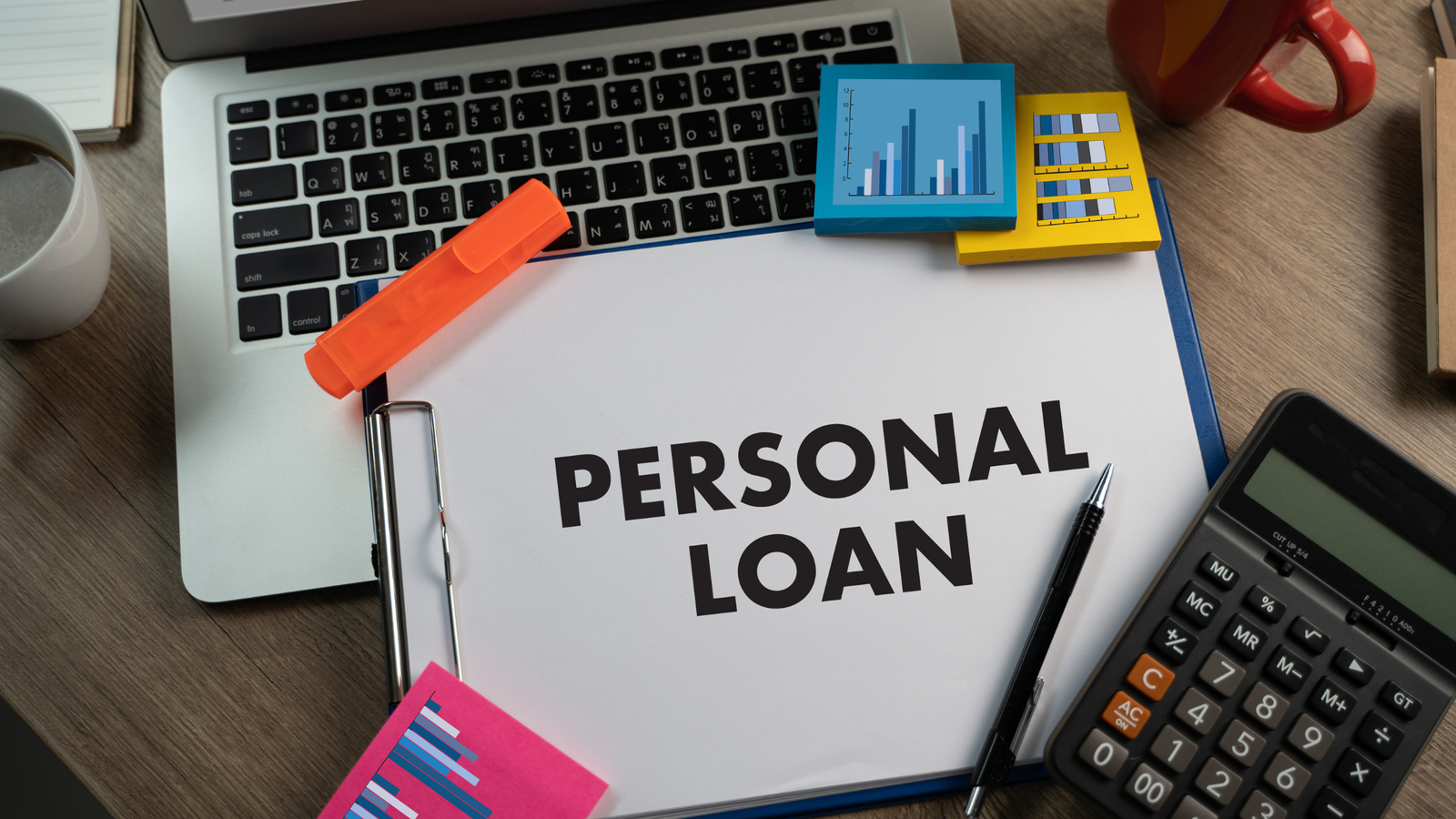If you need to cover a major expense, personal loans are generally the best way to go. But to get a loan, you need to qualify for one. Qualifications vary from lender to lender, but all personal loan providers will need some general financial information from you before taking out a loan– so what do you need? How do you take out a loan with poor credit?
What are Personal Loans?
Before getting started, let’s go over what personal loans are: a personal loan is exactly what it says on the tin. Personal loans can be used for any purpose as long as the borrower (that’s you!) qualifies for one and can make payments on time. Banks are the most common supplier of personal loans, although other credit companies offer personal loans as well.
What do You Need to Qualify?
So it’s time to get ready to apply for your loan. What do you need to do? Generally speaking, just about every loan company, including your bank, needs your credit score. A credit score is a general estimate of how likely you are to pay bills on time, and lenders prefer higher credit scores over lower ones. You’ll also need a decent credit report, which basically tells lenders what loans you’ve taken out in the past and how quickly you paid them off, what kinds of loans you applied for, and what kinds of debt you’re in. Credit scores and credit reports are provided by the three big credit bureaus: Experian, Equifax, and TransUnion.
You’ll also need to qualify for the loan financially, meaning that you can’t take out more money than you can afford to pay back. If a lender deems you unable to budget monthly payments into your lifestyle properly, they may disqualify you. For example, a full-time student who just graduated college is less likely to qualify for an affordable personal loan than one who’s been working full-time for several months.
Meeting Qualifications
So, how do you meet these qualifications? Before applying, it’s important to check your eligibility for a loan to avoid getting your application denied. Application denial can impact your credit score and, thus, your ability to get loans in the future.
Credit Score
During tax season, you can check your credit score from one of the three major credit bureaus. However, you can also check your credit score for free by requesting a statement from your bank. The higher your score, the better your credit is– you’ll likely qualify for most loans if your credit is above 720.
Affordability
Budgeting for your loan before applying is generally a good idea since you’ll be able to visualize how much money you can afford to take out and how long it may take to pay it off. This can also help you determine which loans are a good fit for you; every lender offers different loan amounts, interest rates, payment options, and minimum qualifications. Plus, it’s nice to have a visual of all your expenses.
Collateral
Some personal loans are secured, meaning they require a piece of property as collateral if you fail to make payments on your loan. Depending on the value of your loan, your collateral may change. Secured loans also typically offer lower interest rates and higher-value loans for people with poorer credit scores.
Co-Signers
If you’re especially worried about qualifying for a personal loan, a co-signer may be your best bet for getting an emergency loan. Co-signers can financially vouch for you and help out with payments if you can’t always afford them. Lenders will also look at a co-signer’s credit score and credit report. If you get approved, both of your credit scores will increase as you make payments.
How to Apply for a Personal Loan
Once you’ve figured out what kinds of loans you qualify for and how much you can afford to borrow, it’s time to apply.
Things You’ll Need
Before applying for your personal loan, you’ll need several necessary materials, which are usually listed on your loan application or the lender’s website. While required materials vary from lender to lender, you’ll generally need the following:
- Your Drivers’ License, a Government ID, or a Passport.
- Proof of address, like some unopened mail, utility bills, or mailed bank statements.
- Proof of income, like recent pay stubs, your most recent W-2, or an official letter from your employer if you work via contract.
- The completed application form.
Your co-signer will also need to provide these documents too!
The Pre-Application Process
These days, most lenders offer loan applications online. Before you apply, though, get an estimate of your interest rates, payment amounts, and total loan amount through pre-qualification. Unlike complete applications, an application to see if you prequalify only runs a soft credit check on your account, which won’t impact your credit score. The pre-qualification process will give you a general idea of what a particular lender is willing to provide, and you can use that estimate to compare with different lenders to find the best option.
Don’t Just Settle
Like shopping for cars or jeans, looking for a personal loan requires a bit of digging around. Since every lender has different options for you, getting prequalified for several loans and comparing them to one another is a great way to find out which loan is the best value for you. For example, a personal loan from a bank might not provide you with as much money as one from an online lender, but they do have lower interest rates, too.
Applying
The pre-qualification process doesn’t affect your credit score, but the formal application does. When applying for a loan in full, the lender will run a hard credit check on your account. This will temporarily decrease your score until you start making payments. Remember, only apply for the loan you want, and only if the lender gives you a green light with pre-qualifications!
What’s Next?
With your new loan taken care of, it’s time to buy that car, pay those medical bills, or keep saving for that house. Just remember to pay your bills on time!
Use our Genius Guide to personal loans to quickly compare rates with multiple lenders. Click here to view the best personal loan companies to work with today.










